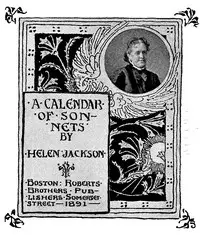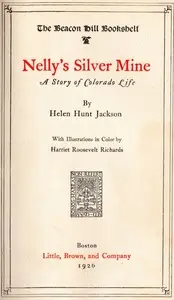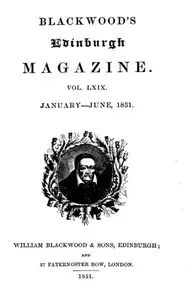"Mercy Philbrick's Choice" by Helen Hunt Jackson is a story set in a quaint New England town that follows Mercy Philbrick and her mother as they seek a fresh start, facing personal challenges and the norms of society. The book looks at what it means to find yourself, your ability to bounce back, and how to discover beauty even when things are tough. The story begins with Stephen White, a young man who feels trapped by the dullness of his life, and how he doesn’t quite fit in with the people around him. When Mercy and her mother arrive, leaving their past behind, Stephen is drawn to Mercy. This sets the scene for a complicated relationship, filled with possible connections, disagreements, and changes, as they each try to find their way in this new place. The opening creates an observant exploration of characters and a setting full of detail, suggesting a thoughtful look at how people connect when shaped by their situations and desires.

Mercy Philbrick's Choice
By Helen Hunt Jackson
In a drab New England town, a young man yearning for beauty finds his world changing with the arrival of a mysterious woman seeking a new beginning, unaware of the connections and conflicts that await them.
Summary
About the AuthorHelen Hunt Jackson was an American poet and writer who became an activist on behalf of improved treatment of Native Americans by the United States government. She described the adverse effects of government actions in her history A Century of Dishonor (1881). Her popular novel Ramona (1884) dramatized the federal government's mistreatment of Native Americans in Southern California after the Mexican–American War and attracted considerable attention to her cause. Commercially successful, it was estimated to have been reprinted 300 times, with readers liking its romantic and picturesque qualities more than its political content. The novel was so popular that it attracted many tourists to Southern California who wanted to see places from the book.
Helen Hunt Jackson was an American poet and writer who became an activist on behalf of improved treatment of Native Americans by the United States government. She described the adverse effects of government actions in her history A Century of Dishonor (1881). Her popular novel Ramona (1884) dramatized the federal government's mistreatment of Native Americans in Southern California after the Mexican–American War and attracted considerable attention to her cause. Commercially successful, it was estimated to have been reprinted 300 times, with readers liking its romantic and picturesque qualities more than its political content. The novel was so popular that it attracted many tourists to Southern California who wanted to see places from the book.



















